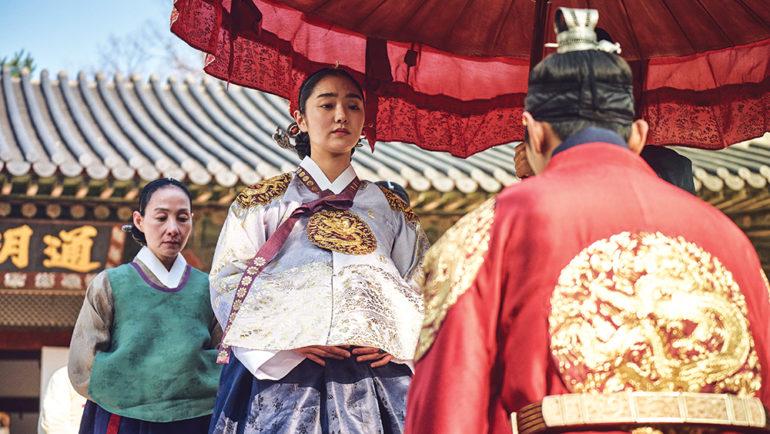‘Kingdom’ Artists Make Medieval Zombie Tale Seem Real in South Korean Netflix Series
By Daron James
LOS ANGELES (Variety.com) – As part of its global expansion strategy, Netflix has thrown its doors wide open to storytellers of different cultures. One result of the initiative: “Kingdom,” a story told by South Korean filmmakers that’s rooted in the nation’s medieval Joseon period.
Directed by Kim Seong-hun (“Tunnel”) and penned by Kim Eun-hee (“Signal”), the eight-episode series, which premiered Jan. 25, centers on Prince Cheng (Ji-Hoon Ju) and his mission to investigate a mysterious plague that turns into a zombie rampage.
Production design and costumes were key in re-creating the distinct look of the Joseon dynasty. “In some cases the view of the Asian culture can be limited to China and Japan,” notes production designer Lee Hwo-kyoung, whose art direction on “The Battleship Island” won a 2017 Blue Dragon Award, ’s version of an Oscar.
“” costume designer Kwon Yoo-jin says the team was looking for a balance between the magnificent and the mundane. “We wanted to emphasize the unique beauty, delicacy and colors of [Korea],” Kwon explains, “but at the same time, show the common people’s everyday life filled with struggle and sweat.”
The capital city of Hanyang — current-day Seoul — served as the setting for much of the story, and no detail was spared. Visuals were inspired by authentic locations, including Gyeongbok Palace, the main royal Joseon stronghold, built in 1395, which still stands in northern Seoul. Colors, materials and textures, down to their glosses and reflections, were benchmarked. The castle’s structure was also key to the series’ look: “We added the maze-like features within the palace to show what Hanyang was about,” says Lee.
For the queen’s residence, Gyotaejeon Hall, interiors were built with several connecting chambers to convey her emotional depth and used colors from Sipjangsaeng, a decorative form of traditional Korean art illustrating 10 symbols of longevity. By combining lucid fixtures and vivid hues, the life and vitality of the young woman were expressed.
Gangnyeongjeon Hall, the quarters of the king, took on a contrasting appearance, uniting symbols and moods of authority, death, resurrection and breeding to convey a more mysterious aura. “It’s a place where bad things have been done to the king and where he’s imprisoned,” Lee says. “We expressed emotions there by combining controlled light with the color and weight of dark, old trees.”
Costume design used garment color to define status, starting with the royal family. “Red and black were the colors most difficult to produce using Joseon dyeing techniques,” Kwon says. “It’s why they’re considered royal.”
Court ladies that support the royal family were dressed to match their status. The Sanggung, considered the highest rank for a lady-in-waiting, were garbed in vibrant green tops with red trim and long, flowing bluish-green skirts. The Joseon royal guard, the Naegeumwi, wore detailed purple military garments called Cheollik, topped with a Joorip, or a blood-red hat. Scholars were robed in white as a symbol of purity and integrity, while commoners were placed in off-whites, browns and grays — colors of the lower classes.
“We based the costumes on historical research,” notes Kwon, “and then added some modifications in the designs to make them look the most profound and graceful on camera.”
As the story moved along outside Hanyang and into nearby villages, production design and costumes continued complementing each other’s visual style and tone, maintaining the historical nature. “We always felt,” says Lee, “that color and texture of costume and space must be well harmonized.”

